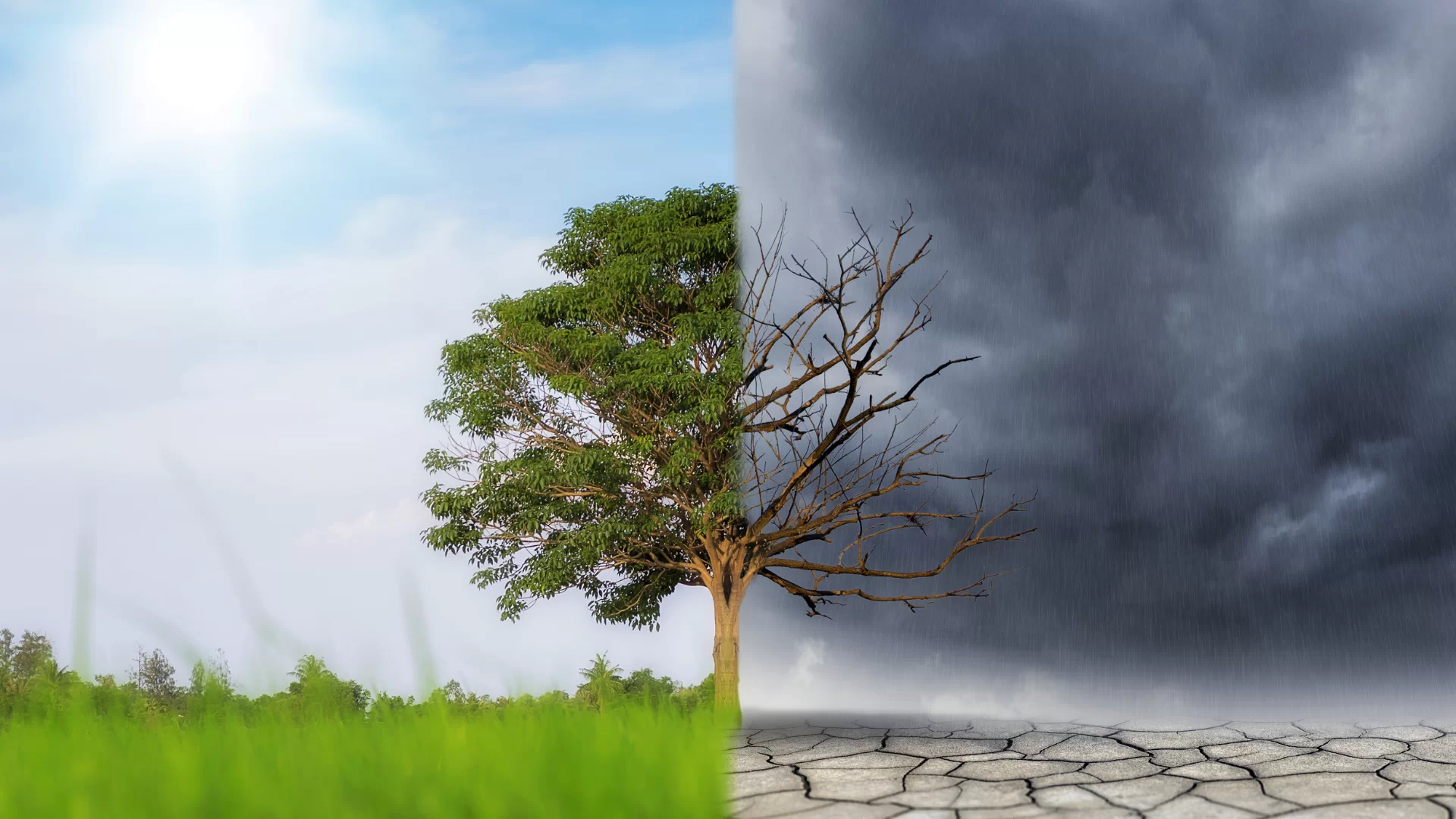
Exploring the Effects of Climate Change on Local Weather Patterns & Extreme Events
Posted on December 17, 2024
Climate change is fundamentally reshaping local weather patterns across the globe. Driven by rising global temperatures and greenhouse gas emissions, climate disruption is altering rainfall cycles, intensifying extreme weather events, and threatening ecosystems, agriculture, and communities.
How Climate Change Disrupts Local Weather Patterns
The delicate balance of atmospheric and oceanic systems is being disturbed. As global temperatures rise, seasonal transitions are shifting. For instance, warmer winters are now common in many regions, disrupting plant blooming cycles, hibernation periods, and animal migrations. These disruptions weaken ecosystems and food chains.
Additionally, rising temperatures promote the expansion of pests and diseases, affecting crops, forests, and public health. Understanding the link between climate change and local weather patterns is crucial for developing sustainable adaptation strategies.
Extreme Weather Events: More Frequent and Intense
One of the most evident outcomes of climate change is the increase in extreme weather events. Persistent heatwaves, intense rainfall, more frequent hurricanes, and unpredictable storms are now the norm, not the exception.
Rising sea surface temperatures strengthen storms and hurricanes, making them harder to predict and more destructive. This affects agriculture and fishing, as heatwaves and prolonged rainfall shift fish breeding and migration patterns, impacting food security and marine biodiversity.
Rainfall variability also increases. Some regions suffer from drought and water scarcity, while others experience heavy flooding. These disruptions strain agriculture, infrastructure, and water resources, signaling a significant climate-induced weather instability.
The Rise of Urban Heat & Wildfires
Urban areas face amplified effects due to the urban heat island phenomenon. Prolonged heatwaves increase energy demand, wildfire risks, and health issues like dehydration and heatstroke. In drier climates, wildfires have reached unprecedented levels, destroying forests, property, and air quality.
Coastal regions suffer from stronger storms and rising sea levels, resulting in severe flooding, loss of land, and community displacement. Flooding, a direct result of climate change, damages transport systems, agriculture, and public health due to polluted water supplies.
Cascading Impacts Across Sectors
Climate change doesn’t affect just one sector—it causes cascading effects. A drought impacts water supply, agriculture, and food prices, while hurricanes disrupt supply chains and force mass displacement. These interconnected crises emphasize the importance of climate resilience and sustainable weather forecasting.
Mitigation and Adaptation Strategies
Addressing climate change requires a dual approach:
Mitigation: Reduce greenhouse gas emissions through renewable energy, cleaner industrial practices, and increased energy efficiency. Lower emissions slow global warming, minimizing future extreme weather risks.
Adaptation: Prepare for unavoidable changes. This includes building climate-resilient infrastructure like flood barriers, stormwater systems, and wildfire defenses. Smart urban planning—with green spaces, permeable surfaces, and efficient buildings—can reduce heatwaves and flooding.
In rural areas, sustainable agriculture helps conserve water and improve soil health amid climate variability, supporting food security.
Climate Education and Awareness
Public awareness is key to resilience. Educated communities are better equipped to act—whether conserving water, planting trees, or preparing emergency plans.
Climate education should be prioritized in schools, public campaigns, and local governance to increase community preparedness and encourage eco-friendly practices.
Equity and Global Climate Action
Climate change impacts are not equally distributed. Developing nations and vulnerable communities face the greatest risks, despite contributing the least to global emissions. Rising sea levels, drought, and desertification push millions into poverty and displacement.
Global cooperation is essential. Developed nations must support climate adaptation in developing regions through financial aid, technology transfer, and capacity building.
